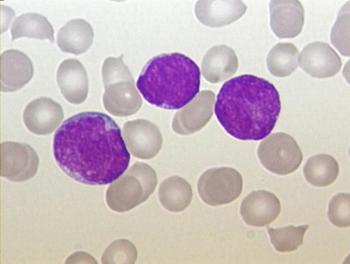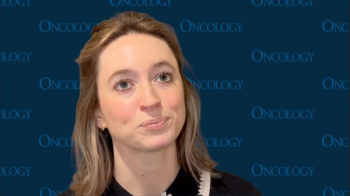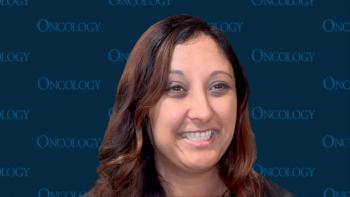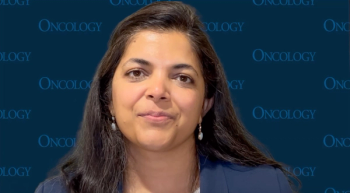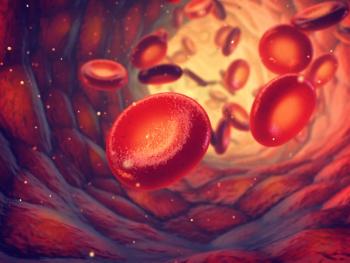
Sargramostim lowers infection rate, costs associated with chemotherapy-induced neutropenia
Evidence from a large managed-care database suggests that sargramostim (Leukine) reduced the risk of infection-related hospitalization as well as associated costs compared with filgrastim (Neupogen) or pegfilgrastim (Neulasta) in patients with chemotherapy-induced neutropenia.
SAN FRANCISCO -- Evidence from a large managed-care database suggests that sargramostim (Leukine) reduced the risk of infection-related hospitalization as well as associated costs compared with filgrastim (Neupogen) or pegfilgrastim (Neulasta) in patients with chemotherapy-induced neutropenia.
"This study reflects a ‘real-life' cohort. The clinical differences we observed translated to cost differences," said presenter Mei Sheng Duh, MPH, of the Analysis Group in Boston. "We found that treatment with sargramostim lowered the risk of hospitalization for infection compared with treatment with [filgrastim or pegfilgrastim]. These results are hypothesis-generating."
Filgrastim and pegfilgrastim are granulocyte colony-stimulating factors (G-CSFs) that stimulate neutrophil and dendritic cell production, while sargramostim is a granulocyte macrophage colony-stimulating factor (GM-CSF) that stimulates production of neutrophils, dendritic cells, and macrophages, conferring additional immune protection. The authors of this retrospective, matched cohort study hypothesized that sargramostim's properties would translate to reduced infection-related hospitalizations and associated costs compared with the two G-CSFs.
The study analyzed a large, nationally representative managed-care claims database including 45 health plans in the U.S. covering more than 80 million beneficiaries for the years 2000 to 2007. CIN patients were identified as those with at least two claims of sargramostim or filgrastim or at least one claim of pegfilgrastim, at least one cancer claim within 120 days prior to the start of treatment with G/GM-CSF (index date), and more than one chemotherapy claim within 60 days prior to the index date (abstract 665).
The treatment episode began with the first claim for G/GM-CSF treatment satisfying the 120-day washout period and ended on the last claim date for sargramostim and filgrastim episodes. Because of its long-action properties, a pegfilgrastim episode ended on the last claim date plus a mean therapeutic duration of 19 days. Any claim for G/GM-CSF more than 28 days after a prior claim was considered as a new treatment episode.
Patients included in the analysis were 18 years or older on the index date. Patients were matched 1:1 based on gender and age. The analysis included 990 sargramostim-filgrastim matched pairs and 982 sargramostim-pegfilgrastim matched pairs.
Baseline characteristics of these cohorts were similar, except for two differences: the percentage of patients diagnosed with neutropenia at index date (sargramostim 65%, filgrastim 57%, and pegfilgrastim 45%), and the percentage of patients treated with myelosuppressive agents (sargramostim 54%, filgrastim 48%, and pegfilgrastim 77%).
Filgrastim or pegfilgrastim accounted for about twice as many infections as sargramostim. After adjusting for confounding variables, multivariate analyses showed that sargramostim-treated patients were 50% less likely to have infection-related hospitalizations than those treated with filgrastim or pegfilgrastim.
Costs for infection-related hospitalizations were lower for sargramostim compared with either agent. Compared with filgrastim, infection-related hospitalization costs were lower with sargramostim ($728/patient/month and $8,736/patient/year). Compared with pegfilgrastim, associated costs were lower with sargramostim ($226/patient/month and $2,712/patient/year).
Newsletter
Stay up to date on recent advances in the multidisciplinary approach to cancer.


